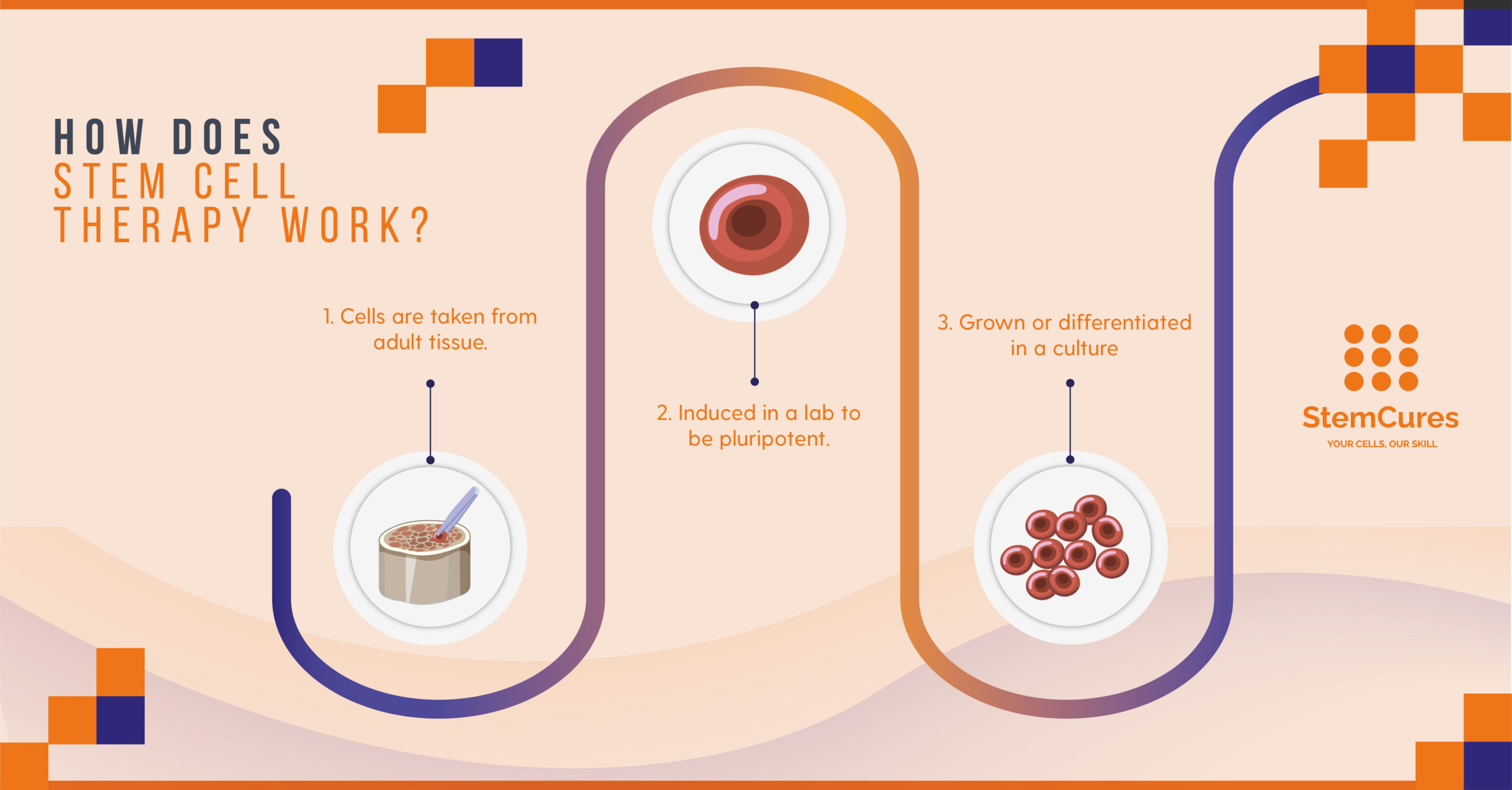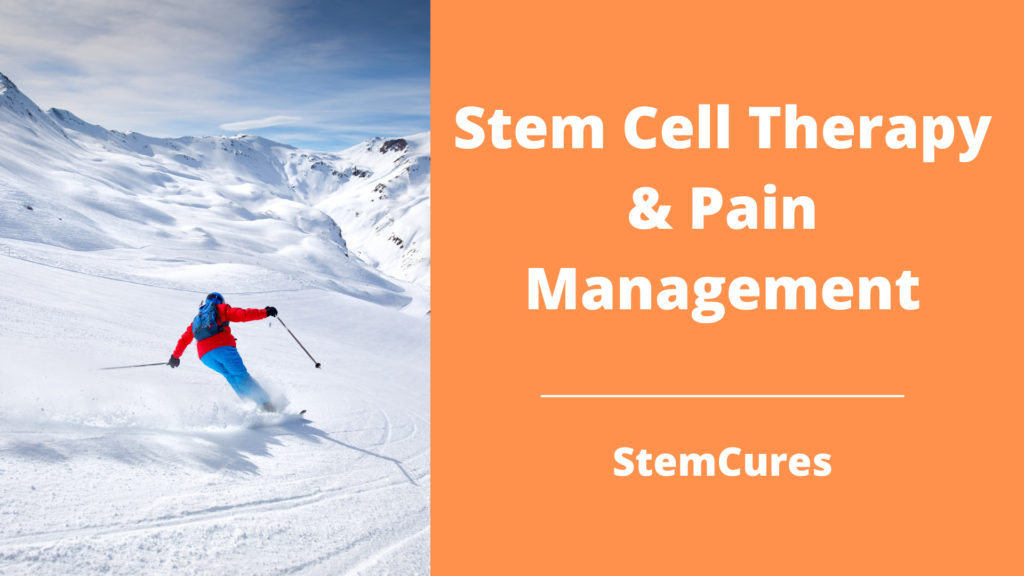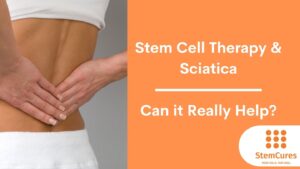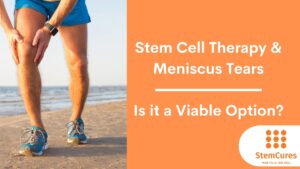What is Stem Cell Therapy & What to Expect
Let’s begin by discussing exactly what is stem cell therapy.
Stem cell therapy is a form of medicine that is meant to restore tissue that has been injured or has lost function due to disease. This type of regenerative medicine uses stem cells, the “building blocks” of the human body that come in four types from multiple areas of the body for restoration. Scientists are even beginning to understand how to grow stem cells to create specialized stem cells that can be used for specific areas of the body. For example, grown stem cells can be used in the heart muscle.

This type of therapy is rapidly growing in popularity as a treatment option for all kinds of medical conditions. Between stem cell therapy being non-invasive, the recovery post-therapy being short and relatively painless, and the near guarantee that your body won’t reject the treatment, it makes perfect sense why. People with issues such as diabetes, spinal cord injuries, osteoarthritis, and cancer can benefit from stem cell therapies. The future of stem cell therapy is as bright as the possibility of using stem cells in place of organ transplants.
Despite this rapid growth in popularity, many people are hesitant to pursue stem cell therapy. The main reason behind this hesitancy is fear of pain. That begs the question: How painful is stem cell therapy? To better understand the answer to that question, let’s first take a closer look at stem cell therapy and its use for pain management.
Stem Cell Therapy and Pain Management
There are two main ways stem cell therapy can be given to a patient. It can be administered intravenously or directly into the area that requires restoration or relief. The way the stem cell therapy is distributed will be determined by your doctor based on multiple aspects of your condition.
Using your own stem cells
Typically, bone marrow stem cells are used for pain relief stem cell therapy. This is because it’s the safest type of stem cell and has the most successful track record. Your doctor will extract bone marrow from your iliac crest with a small needle. Working slowly and carefully, the bone marrow will be extracted until 60 ml is obtained. Once the bone marrow has been obtained, it will be placed in a device that concentrates it. This concentrated bone marrow has many stem cells. Your doctor will inject this fluid into the problem area using an x-ray to map out their movements.
Using Local Anesthetics
Not many people like needles and the above procedure most likely sounds a little scary and painful. Doctors understand this. That’s why they make sure that from the very start, your pain and comfort are considered with the use of painkillers and local anesthetic.
Short-Term Pain for Long-Term Gain
Though there is expected to be some soreness and mild pain during this recovery, it’s nothing compared to the overall relief that stem cell therapy provides. That said, there is minimal potential for a few rare side effects post-treatment. This includes the risk of infection, which is significantly decreased when the procedure is performed in a properly sterile environment. Other risks patients face are nausea, fatigue, mild bruising, light-headedness, light bleeding, and allergic reactions to painkillers or local anesthetics. Though incredibly rare, there is always the potential of losing a limb or death.
Minimizing Pain During Stem Cell Therapy
Use of mild painkillers and sedatives
The therapeutic procedure of using stem cells begins with painkillers and sedatives to aid the patient in being comfortable and pain-free. The patient is also given medication that will battle any possible infection obtained during the procedure. The area that will be used to extract the stem cells and the area that will be injected are numbed with a local anesthetic. When the procedure is finished, the patient will be given painkillers to help alleviate their pain during recovery.
Avoid anti-inflammatory medications
To decrease the likelihood of experiencing pain or other complications from your procedure, you’ll want to avoid taking any anti-inflammatory medications within the week leading up to it. You’ll also want to ensure that you’re well-hydrated, both the week leading up to your procedure as well as the day of. You’ll also need to ensure you’re open and honest about any medications or other substances during your procedure so your doctor can foresee any possible interactions.
Stem Cell Therapy vs Traditional Pain Treatments
When comparing stem cell therapy to long-term pain medication, there’s obviously a much lower risk of addiction and no risk of overdose with stem cell therapy. There’s also the added benefit that stem cell therapy is long-lasting, whereas using pain medication has no end in sight.
Stem cell therapy vs surgery
When comparing stem cell therapy to surgical intervention, stem cell therapy is a non-invasive alternative that comes with less pain and overall fewer risks of complications. Though many doctors recommend taking a few days off work to recover from a stem cell therapy treatment, this is significantly less time than the recovery after surgery, which can last weeks or even months. Many popular problem areas are full of sensitive nerves that can be easily damaged by surgical intervention. Using stem cell therapy can avoid this risk and save you further pain of nerve damage.
Stem Cell Therapy and Post-Treatment Pain
Though mild, many people do experience pain after stem cell therapy. This pain is usually mild and easily managed with rest and pain medications. Physical therapy has also been found to aid in relieving post-treatment pain. In some rare cases, people experience a mild increase in pain in the injected area. It is suggested that the patient takes about a week off to let their body rest and recover.
Conclusion
Stem cell therapy is a revolutionary treatment that provides individuals suffering from injuries and chronic pain with a new solution. Instead of dealing with pricey, painful procedures or juggling addictive medications that lose their strength over time, people can now pursue stem cell therapy to get non-invasive, low-risk, and longer-lasting pain relief.
Though there are risks, like with any medical treatment, and mild pain can be expected post-procedure, the risk and pain you’ll experience are nothing compared to the pain you’ll experience without the procedure.
If you’re interested in pursuing stem cell therapy for injury or pain relief, discuss your situation with your doctor and see if they believe it is right for you.













